It’s Not Just Prams and Pinterest Boards: Why Real Birth Prep Matters More Than You Think
So you’re pregnant—congratulations! Let the preparing begin. Suddenly, your social media feed is 97% “must-have” baby gadgets, trendy nappy bags, and bassinets that cost more than your first car. It’s easy to get swept up in the glorious consumer current. (Oh look! A self-rocking white noise bassinet with Bluetooth. How very modern.)
But let’s have a real talk, mama. Preparing for a baby is so much more than what you can buy.
The Birth Prep that Actually Matters
While we all love a good snuggly swaddle and those teeny-tiny socks (squee!), the truth is: your body, your mind, and your relationship are where the real preparation counts.
This baby isn’t just arriving with a gift receipt. It’s arriving with big needs, big changes, and big opportunities—especially for personal growth, teamwork, and transformation. And no box from Baby Bunting is going to teach you that.
What Real Preparation Looks Like
Here’s a little checklist that won’t fit on a baby shower invite—but should:
1. Mental & Emotional Prep
- Dismantle fears about labour (hello, Hollywood birth scenes—we’re looking at you)
- Learn coping tools for labour (breathing, movement, mindset)
- Explore your beliefs about birth and parenting
- Address past trauma or anxiety
2. Education Is Everything
- Learn about the physiology of birth—your body is amazing!
- Understand how to support normal, undisturbed birth
- Know your options (e.g. interventions, pain relief, birth plans)
- Take a good childbirth education course—not just the hospital PowerPoint night!
3. Partner Prep (More below!)
4. Postnatal Planning
- Sleep realities (spoiler: it’s not just the baby who’ll be up)
- Feeding plans (breastfeeding? expressing? what even is a letdown?)
- Who’s helping and how? (Meals, laundry, emotional support)
5. Baby Care Skills
- Nappy changes without an engineering degree
- Bathing a slippery gremlin (aka your baby)
- Settling and soothing
- Reading hunger, tiredness, and “I just farted and scared myself” cues
Including Your Partner (Please! They’re Half the Equation)
Partners want to help—they just often don’t know how. And let’s be honest, nobody is born knowing what the mucus plug is.
Here’s how to include them meaningfully:
1. Learn Together
Do your birth education as a couple. Watch birth videos, discuss options, ask “what role do you want to play?” instead of “are you going to faint?”
2. Assign Practical Jobs
Let them pack the hospital bag, research car seat safety, or master the swaddle. Make it a challenge: who can do the better nappy in 45 seconds?
3. Talk About Birth Philosophy
Have real convos about birth preferences—natural birth, pain relief, home birth, caesarean backup plans, etc. Be on the same team.
4. Prepare for Postnatal Reality
Discuss division of duties, night shifts, visitors, and how to emotionally support you when your hormones are roller-coasting harder than a theme park.
Why Aim for a Normal Birth?
Not because it’s trendy. Not because we want gold stars. But because:
- It’s safer for most women and babies
- It supports immediate bonding and breastfeeding
- It reduces intervention risks (which often cascade)
- It helps you emerge from birth feeling empowered, not just “medically managed”
Of course, birth can be unpredictable—but aiming for a normal birth with knowledge, support, and preparation gives you the best shot at a positive experience, no matter how the story unfolds.
Final Thoughts (And a Hug from One Mama to Another)
Yes, buy the cot. Choose the cutest wrap. Build the nursery you love. But don’t forget the invisible tools—the confidence, the knowledge, the connection with your partner, and the inner strength that no baby store can stock.
Because you’re not just preparing for a baby. You’re preparing to become a mother. A team. A family. And that, dear woman, is the most beautiful (and badass) preparation of all.





